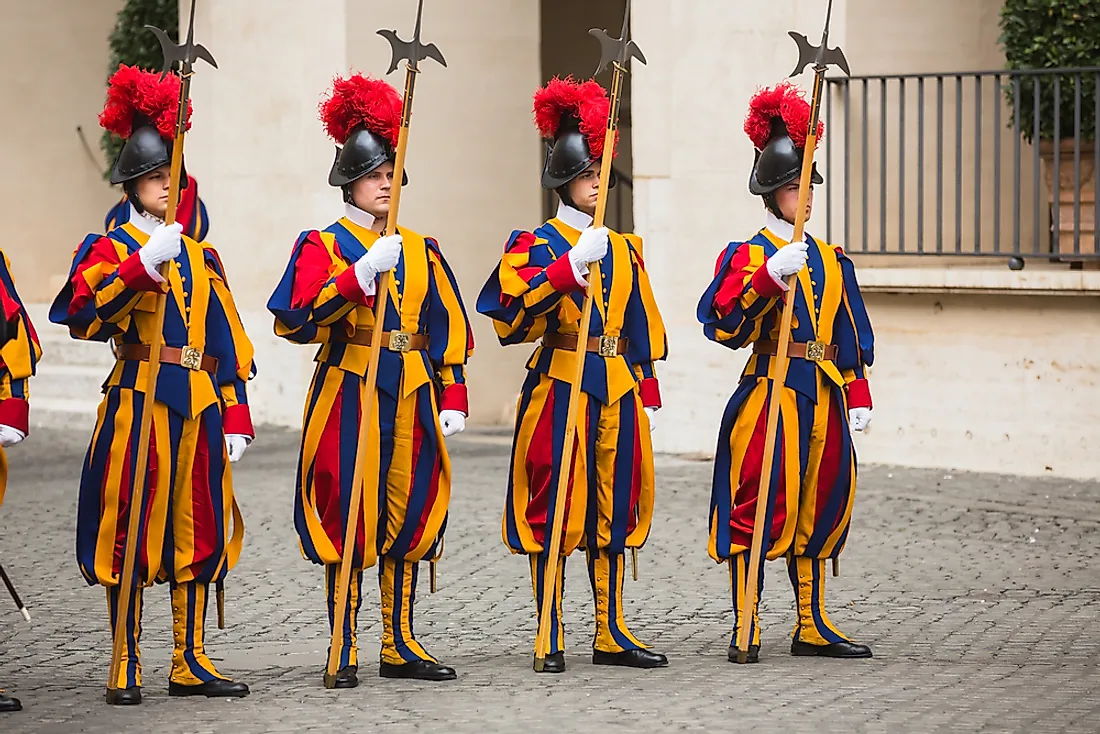Is Vatican City A Country?

A country is an area with a defined territory and its own government. It is referred to as a political division in politics and geography. Most of the nations on earth are independent of each other while others depend on each other, especially small states like the Vatican. Vatican City is a country – in fact, it is the smallest country in the world.
Vatican City is completely surrounded by the city of Rome. It occupies an area of about 110 acres and has approximately 1,000 residents. Due to its small size, the state cannot accommodate all their buildings; therefore a special privilege is extended to some of its structures which are in Rome, and this includes the pope’s summer residence. The Vatican is ranked as the smallest state in the world right behind Monaco and Nauru.
What is the Difference between the Holy See and Vatican City?
Even though many people use these two words interchangeably, they are two different entities. The two words are confused since the Pope is the head of both the Vatican and the Holy See. The Holy See is the ecclesiastical authority of the entire Roman Catholic Church which is based in the Vatican City. The See of Rome is the top governing body of the Roman Catholic Church and is a sovereign entity.
The Vatican is not recognized as a democracy since it’s an absolute ecclesiastical monarch; therefore it is not a member of the UN (United Nations). All the international bodies recognize the Holy See as an independent body, and it has an observer status in the UN. The Holy See has been in existence since the time of the early churches and is the only remaining of the absolute monarchs on earth while the Vatican was established by the Lateran treaty in 1929.
Language and Population
All the citizens of the Vatican City live within or outside the state while others serve in the diplomatic service of the Holy See in all their embassies around the world. The citizens of the Vatican are divided into two groups the Swiss Guards and the Clergies. The over 2,400 workers of the Vatican are citizens of other countries and live outside the Vatican walls. The city-state has no official language, but the See of Rome uses Latin. Most of the communications in the city are done in Italian. The Swiss Guards give commands in Swiss German language, but most of the guards take oaths in their original dialects.
Citizenship is issued upon appointment to work in the service of the See of Rome. It is terminated upon cessation of the appointment. Vatican citizenship is extended to the family members who are living with the individual who is a citizen.











